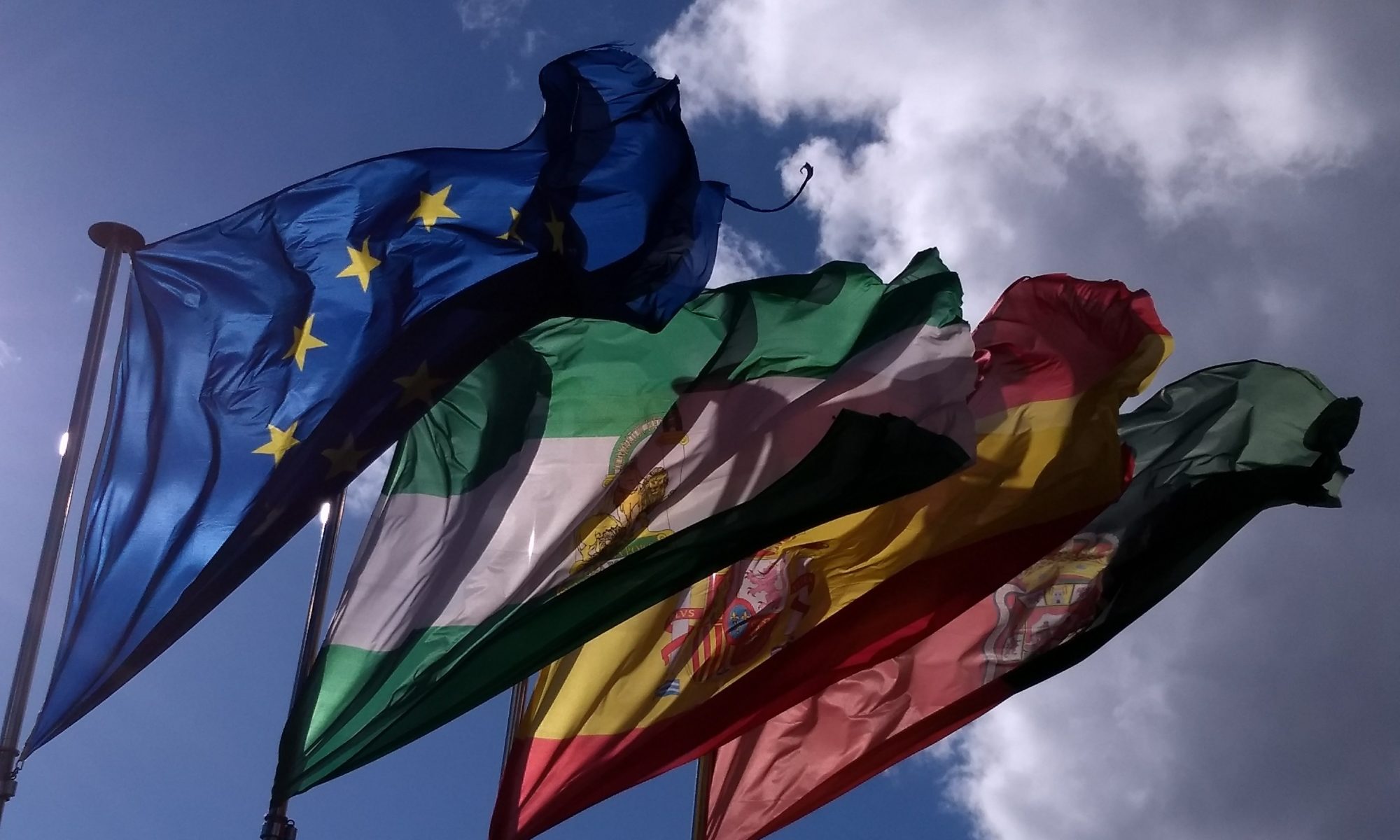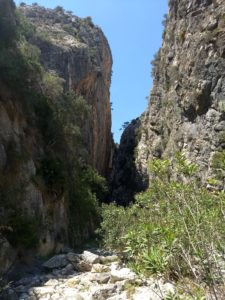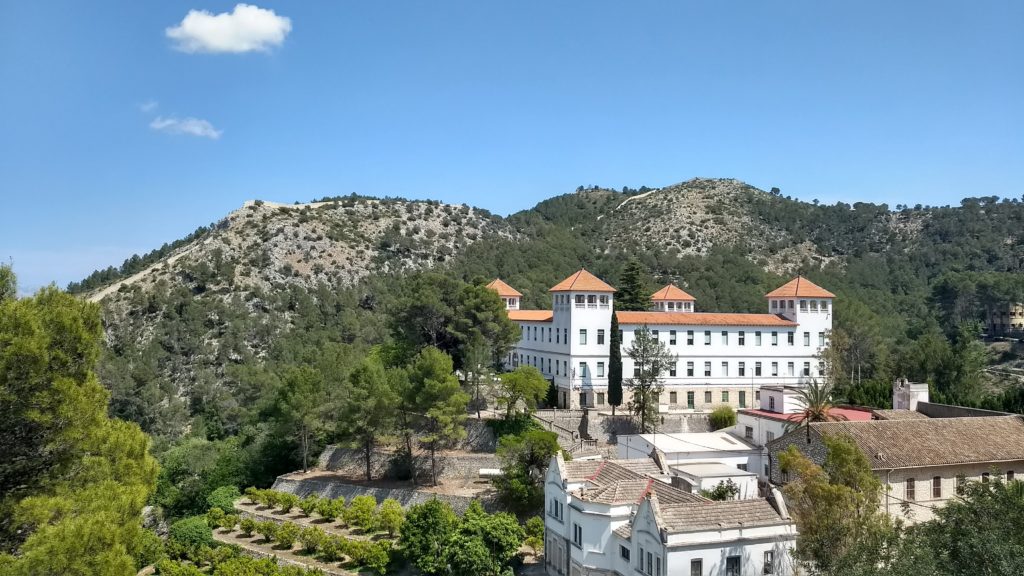Auch heute geht’s in die Berge. Nach einem gesunden Frühstück in Altea, fahren wir nach Campell, wo wir die Staumauer „Presa de Isbert“ leider nicht mehr besuchen, jedoch in der sehr trockenen Natur rund um Campell wandern können.
Today we are also off into the mountains. After a healthy breakfast in Altea we drive inland to Campell, where we hike to the failed dam „Presa de Isbert“, alas, we couldnt geht up on the dam itself but we did enjoy the dry landscape and the deep gorges.
In der Ferne erblickt Svend einen Gebäudekomplex, den ich beim ersten Hinschauen für ein Spital (zu abgelegen), ein Gefängnis (keine Gitter) oder irgend ein Heim halte. Es handelt sich um das „Sanatorio San Francisco de Borja“ (Fontilles), das letzte Sanatorium für Leprapatient*innen in Europa. Von Franziskanerinnen betreut und Ärzt*innen medizinisch versorgt, wurde diese Leprastation 2016 definitiv geschlossen. Die letzten 26 Betroffenen, welche teils über Jahrzehnte im weitgehend autarken Dorf lebten, sind geblieben. Geblieben ist auch die rund 3km lange Mauer, die Fontilles noch immer von der Aussenwelt trennt, obwohl die Barriere beim verlassenen Wachthäuschen mittlerweilen offen steht.
In the distance Svend spots a cluster of buildings that i first take for a hospital (too isolated) or a prison (no bars) or some kind of residence. It is the „Sanatorio San Franciso de Borja“ in Fontilles, the last Sanatorium for lepra patients in Europe. Cared for by franciscan nuns and treated by doctors, the Lepra Station ceased normal operations in 2016 but kept open its residence for the last 26 patients, that had lived almost all their lifes in this isolated community. What was also left was the three kilometer long, 3 meter high wall that cut off the center from the outside world. Today the access is open to all.
Es ist still im Ort, ein Mann rattert auf einem Traktor vorbei. Eines der Gebäude beinhaltet eine aufschlussreiche Ausstellung mit Bildern alter Behandlungsinstrumente und unerschrockener Pioniere, Beschreibungen zahlreicher (Un-)Wahrheiten sowie die Entwicklung seit dem letzten Jahrhundert. Heute dient Fontilles als Forschungsstation für Lepra (Morbus Hansen) und andere vergessene Krankheiten. Das viertürmige Hauptgebäude wird als Rehaklinik genutzt.
It is a quiet place, a man driving a tractor rattles past. In one of the buildings a small but detailed exhibition tells Fontilles story, with pictures of old treatment instruments and the fearless pioneers, the myths and facts about lepra and how it was treated the last 100 years. Today Fontilles is a research centre for lepra (Morbus Hansen) and other „forgotten“ illnesses. The white building with the four cornertowers is now a rehabilitation clinic.







